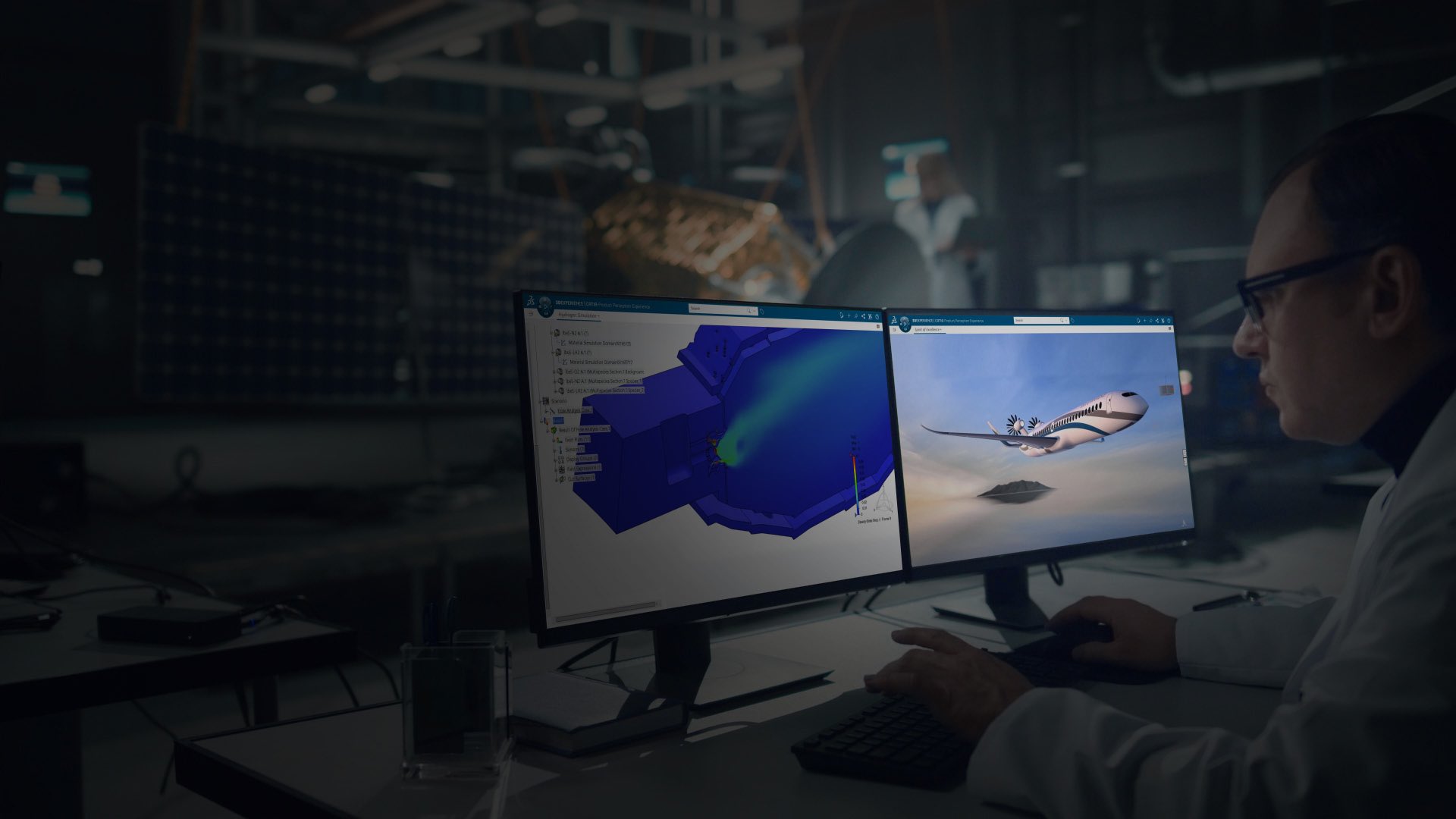Decarbonizing Aviation: Strategies for a Sustainable Future
The industry has reached a consensus on key decarbonization steps: fleet updates, innovative propulsion tech, operational efficiency, sustainable aviation fuel (SAF), and carbon offsetting.
Decarbonization Efforts in the Aviation Industry
Air travel has allowed us to cover great distances in record time. From the smallest and lightest to the biggest and most commercial, aircraft designs have undergone radical technological transformation. However, air travel also contributes 2.5% of global greenhouse gas (GHG) emissions(1). Therefore, it is high time to reinvent the way we fly.
Decarbonization takes top priority in the aviation industry’s efforts to combat climate change. Over the years, companies have ramped up efforts to reduce GHG emissions and decarbonize, while staying profitable amidst significant time and technological development challenges. The global air transport industry is committed to achieving net-zero carbon emissions by 2050.
Thanks to the 3DEXPERIENCE platform, low-carbon flights can become a reality. Aviation companies can create live virtual replicas of hydrogen fuel, sustainable aviation fuel (SAFs) and electric aircraft technologies for propulsive and non-propulsive energy systems. They can plan and test them at any point in the supply chain – all before real-life application. In doing so, they effectively deliver better fuels, better planes and a more robust value network.
An Integrated Path Towards Low-Carbon Aviation
Find out how a fully integrated platform offering the Virtual Twin Experience and other advanced solutions is the answer to low-carbon aircraft innovations and air transport decarbonization.
Harness the Power of A Virtual Ecosystem
With a proper ecosystem, companies can achieve climate change targets on time. By leveraging the Virtual Twin Experience on the 3DEXPERIENCE platform, they can effectively and sustainably optimize and deliver low-carbon operations, infrastructure and innovations, as shown below.
Decarbonizing aviation is now on the agenda of every executive in the aerospace industry. While there are many possible technological levers today such as sustainable aviation fuels (SAFs), hydrogen fuel and electrical aviation, the winners of this race will be parties that can build the right ecosystem around the use of these levers.
Accelerating Hydrogen Transition
Learn more on how Dassault Systèmes can help accelerate the development and deployment of hydrogen aircraft technologies for either propulsive or non-propulsive energy systems.
The Sky’s the Limit
Decarbonizing is complex and challenging. With the Virtual Twin Experience and other advanced capabilities on the 3DEXPERIENCE platform, it does not have to be. Carbon-neutral air transport is that much closer to becoming a reality.
Optimize Your Low-Carbon Aviation Strategy Today
Achieve your decarbonization targets on time with the 3DEXPERIENCE platform.
Resident expert Isaac Benzaquen explains how and why it works.
1 Source: Our World in Data
FAQ About Decarbonization & Net Zero Air
Related Content
Decarbonization
Decarbonization aims at reducing emissions throughout the product and service’s life cycle and across the full value chain.
Aerospace & Defense: Achieve Sustainability through Innovation
In terms of environmental impact, aerospace innovations play a critical role.
Aerospace & Defense
Bridge the gap between the virtual and real world to accelerate from concept to operations
Enabling the low-carbon transition of the Transportation Sector
Reducing carbon emissions is critical to combat climate change, and the integration of low-carbon energy solutions is key to driving sustainability in product development, manufacturing and usage.

